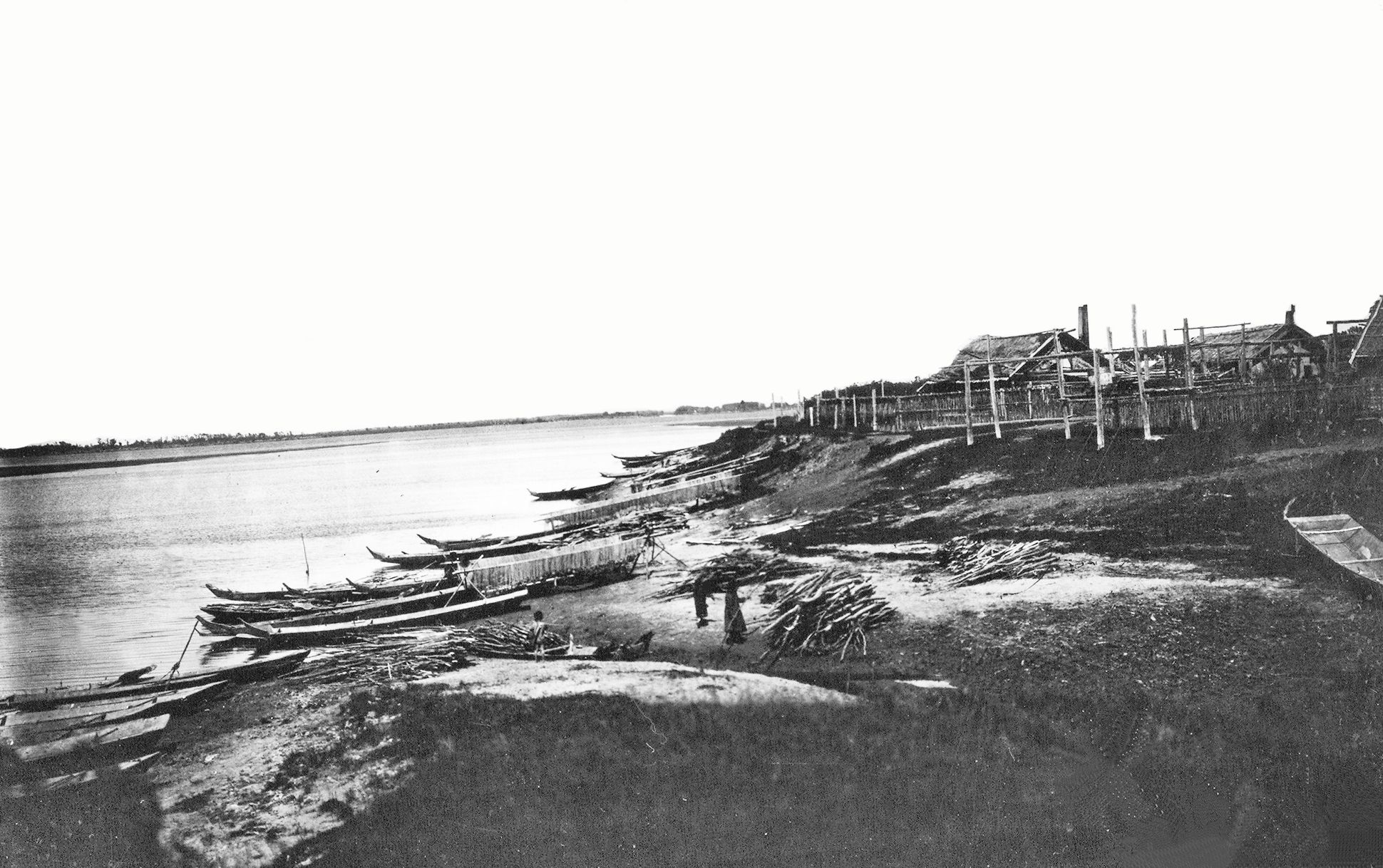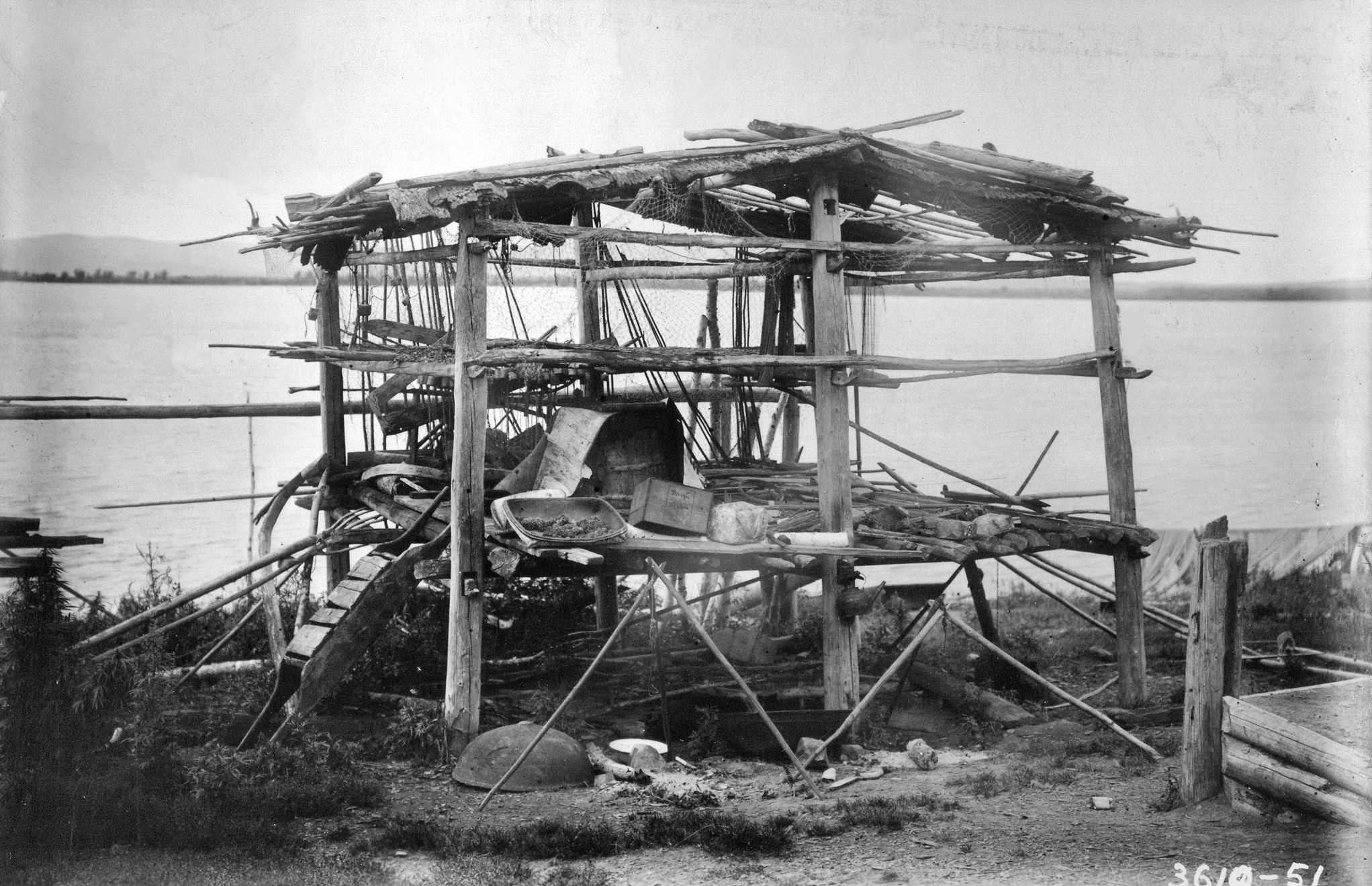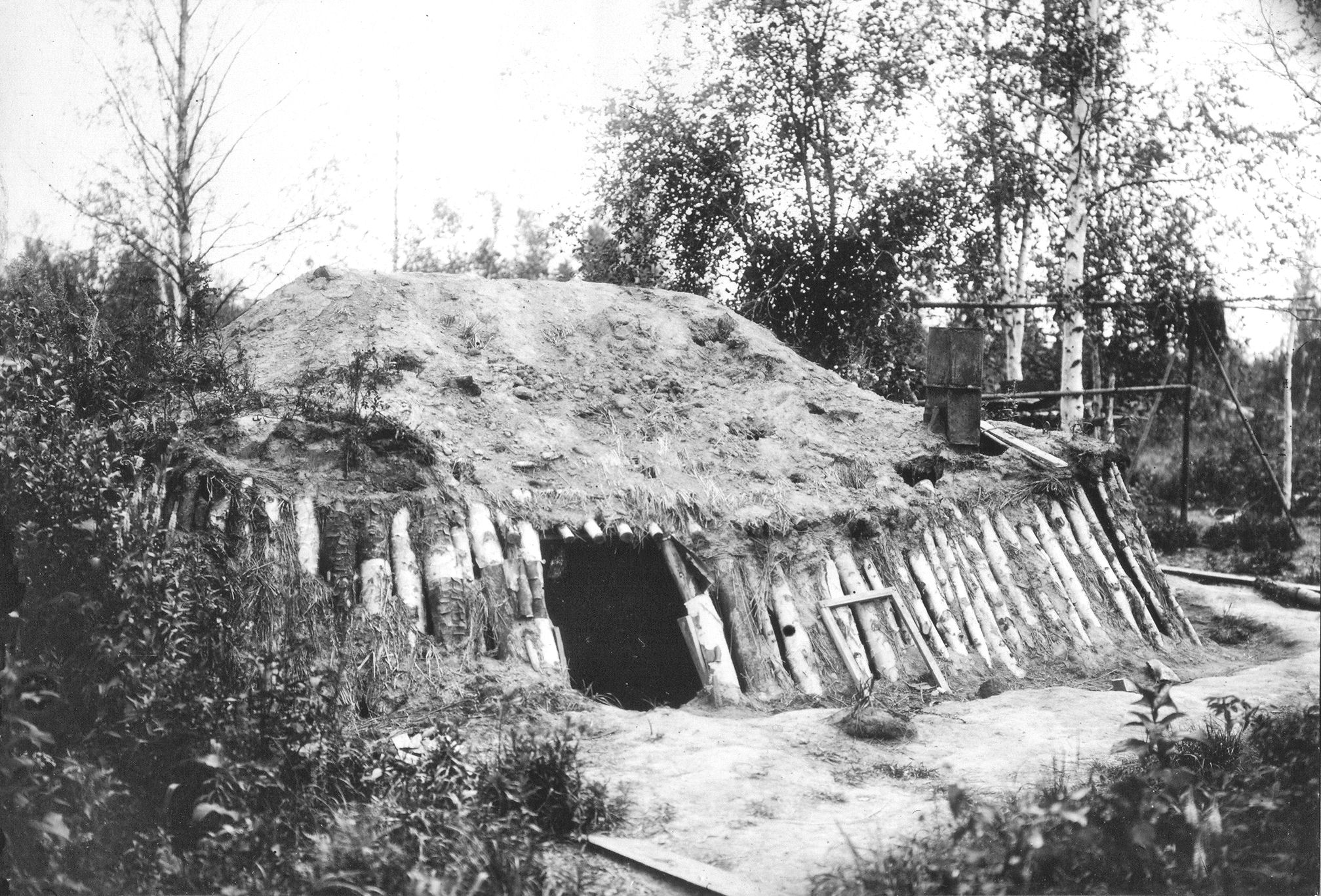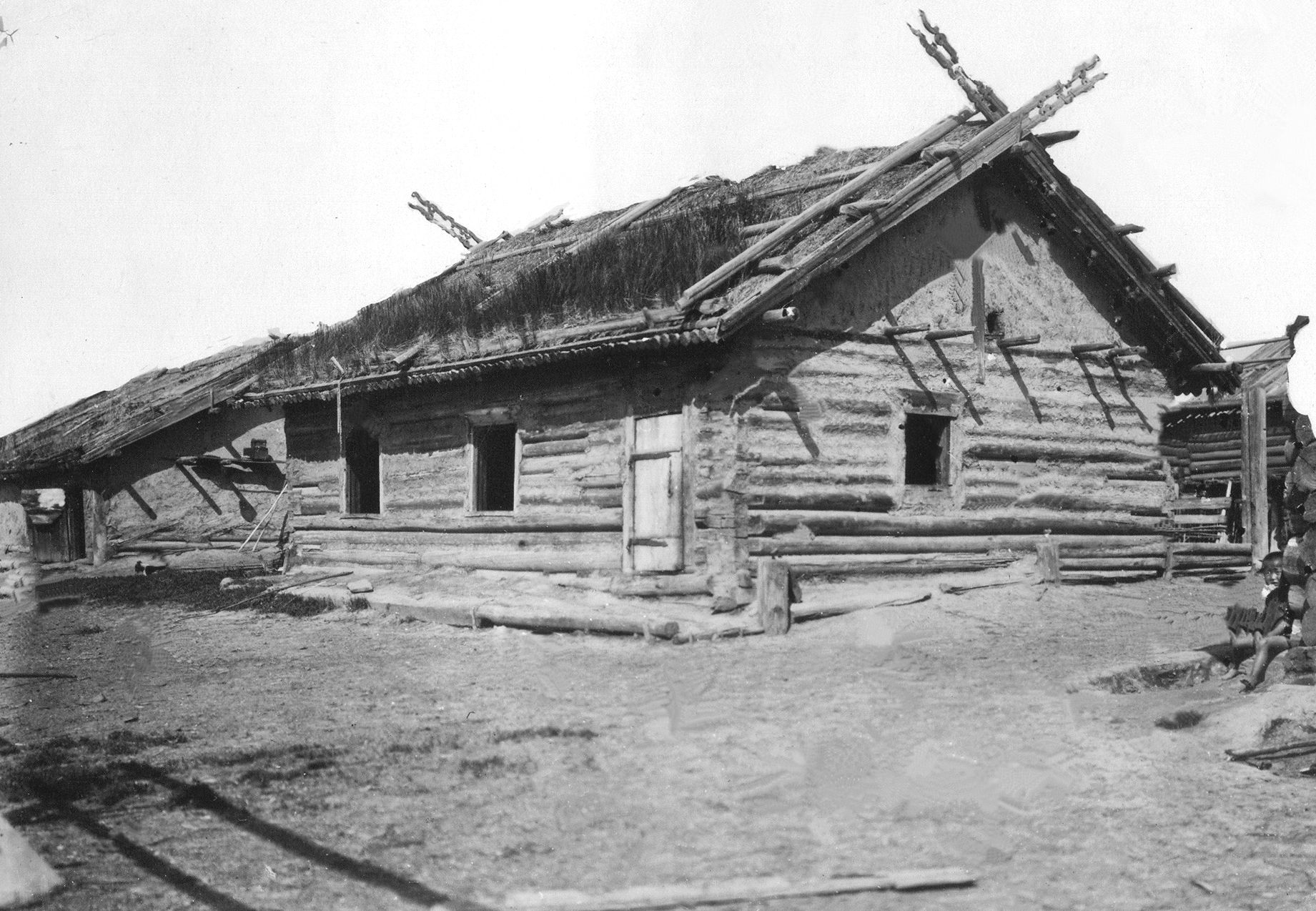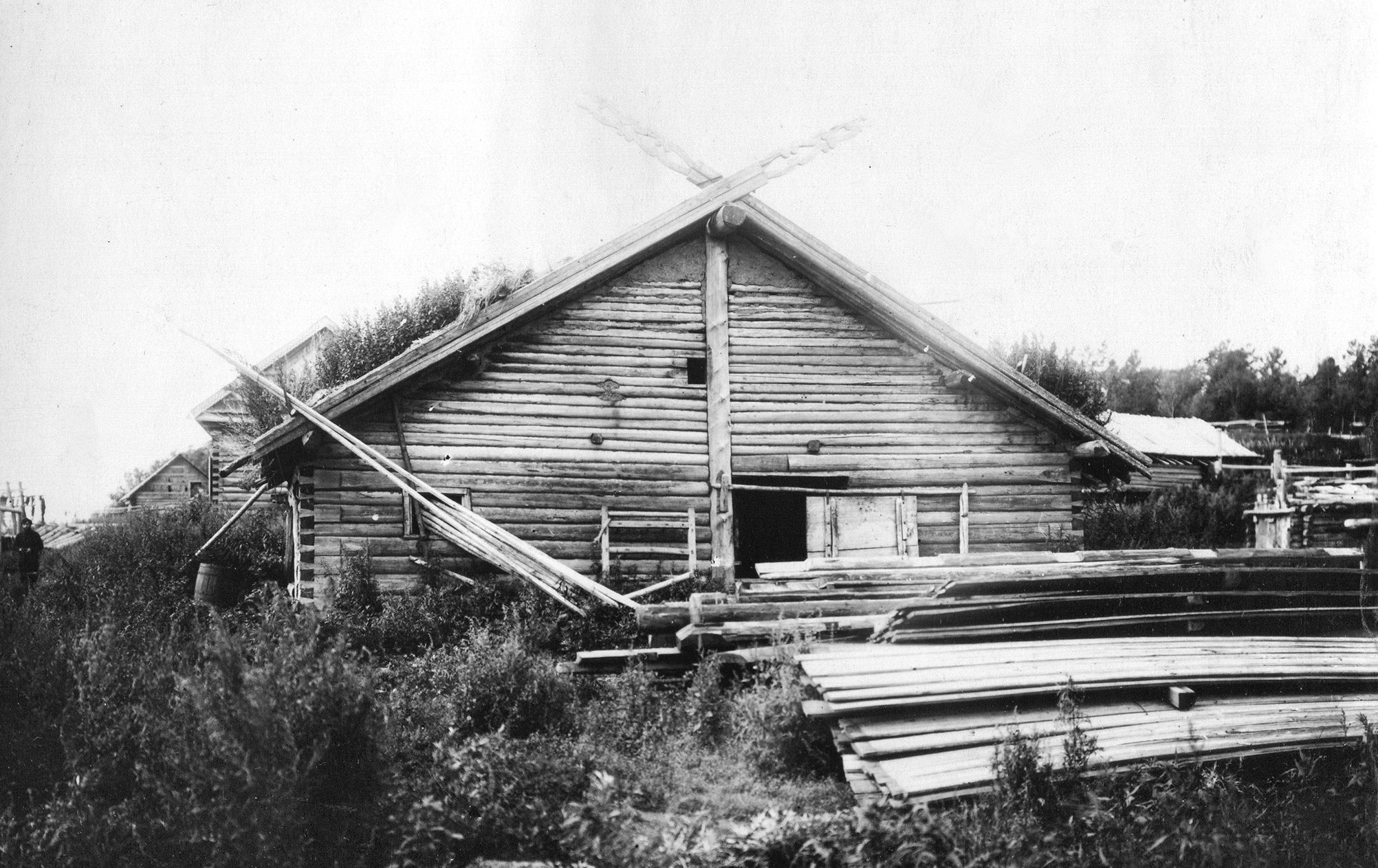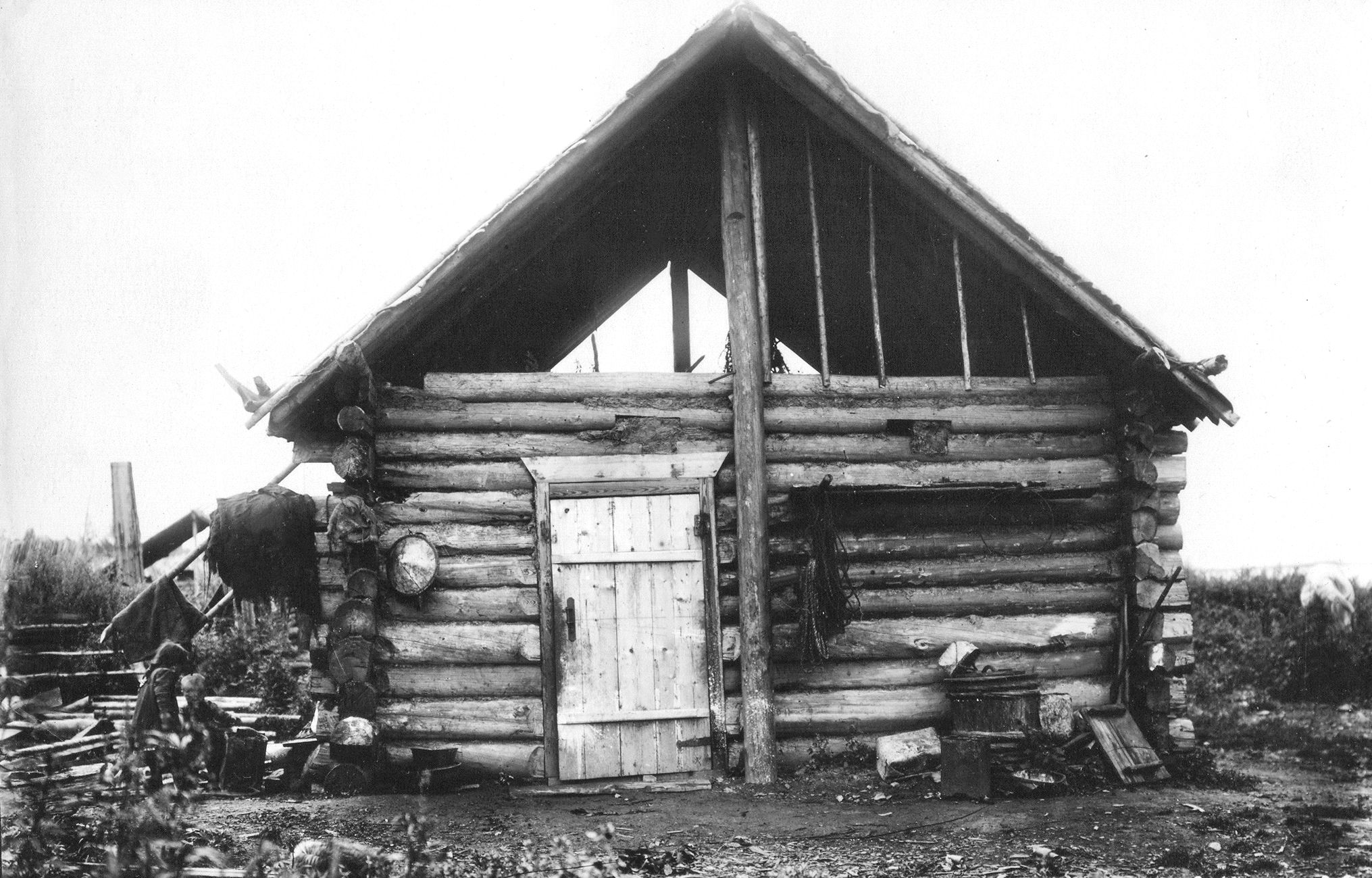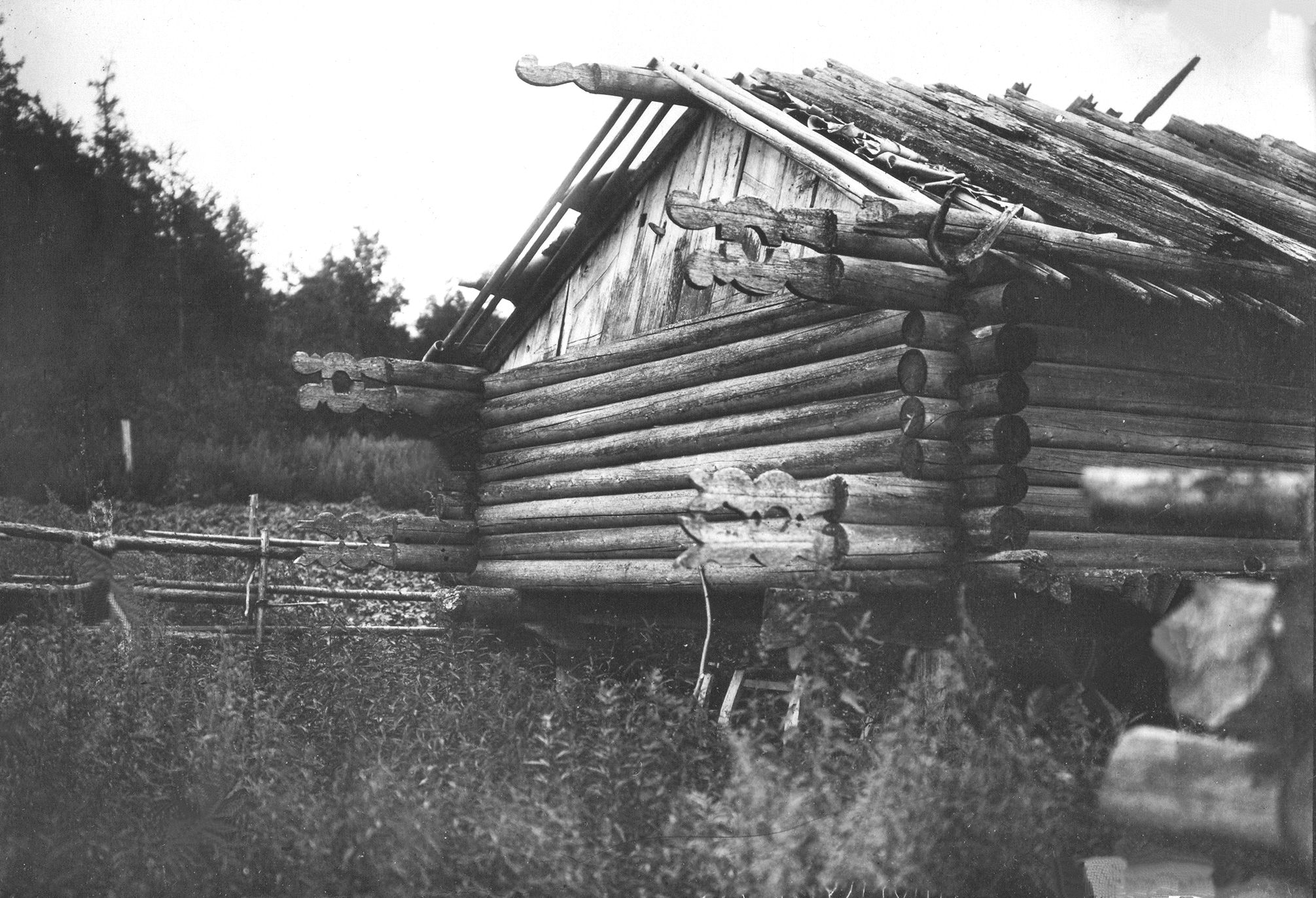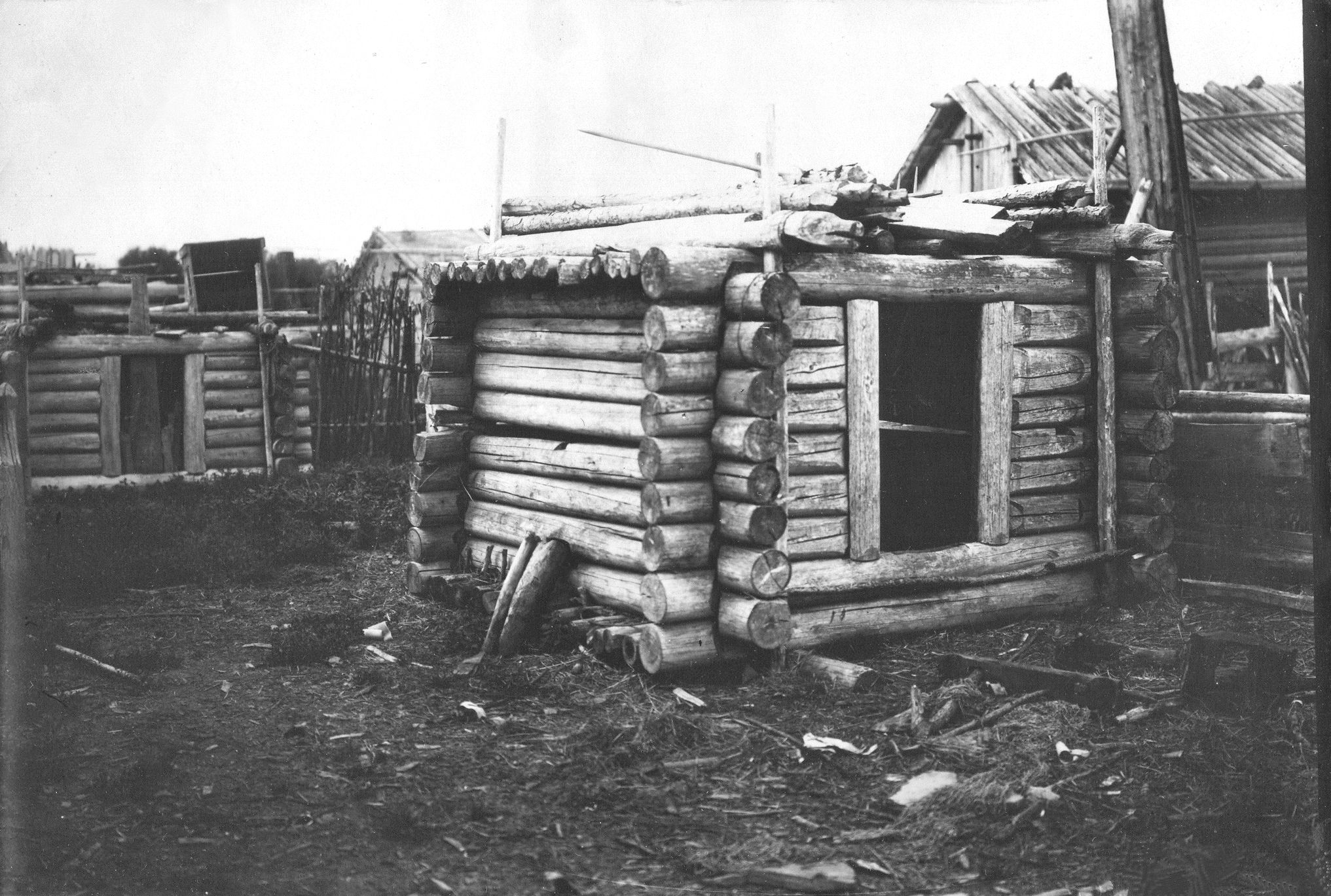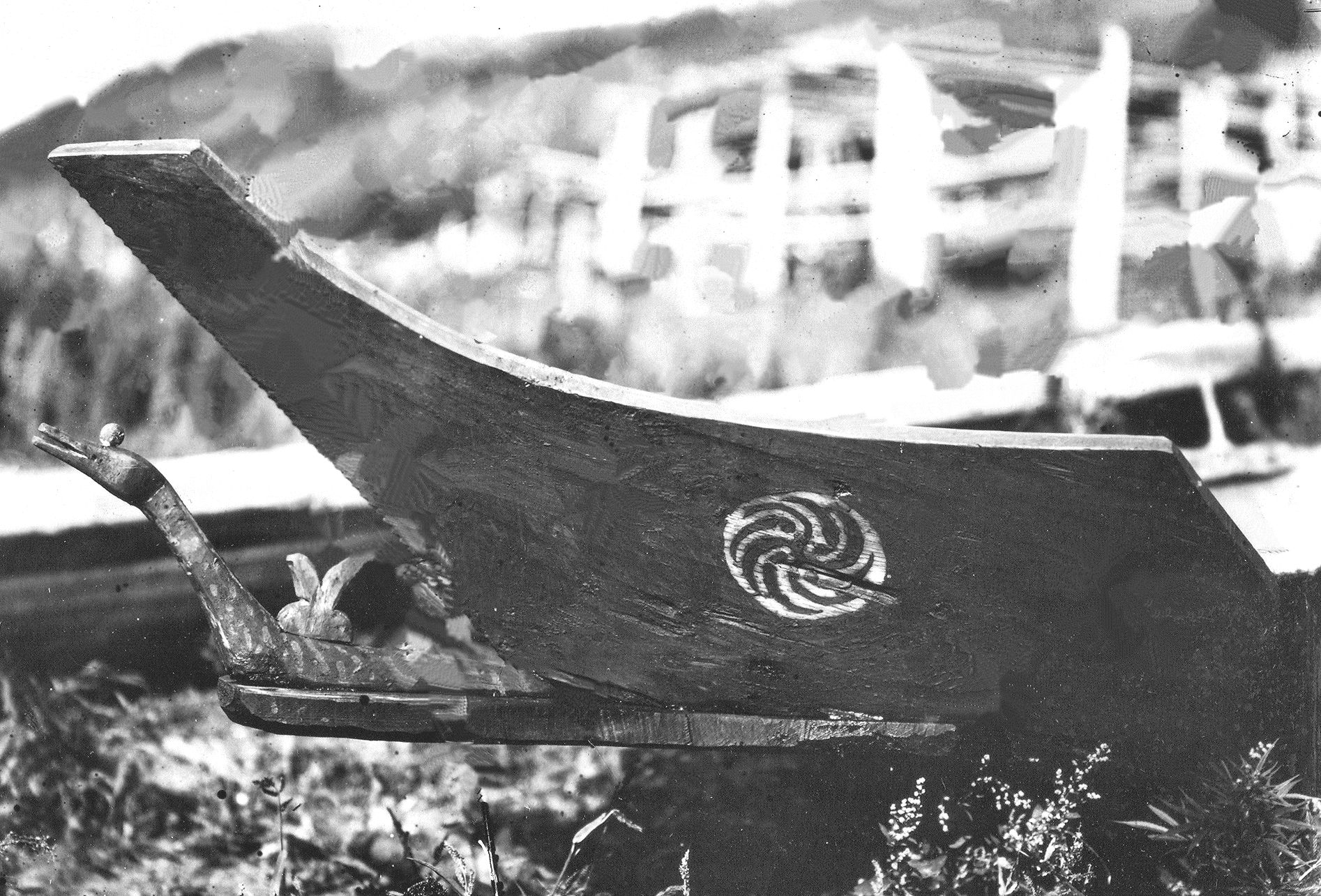|
|
Dr. Bereznitsky Chief Research Fellow, Head of the Department of Ethnography of Siberia, Museum of Anthropology and Ethnography, Russian Academy of Sciences Dr. Osipova Senior Research Fellow, Department of Ethnography of Siberia, Museum of Anthropology and Ethnography, Russian Academy of Sciences
|
General Information
Ulchi, a Tungus-Manchi people are descendants of Neolithic hunters-fishermen-gatherers of the Amur area and Primorye. They live in the Khabarovsk territory in the middle reaches of the Amur. The Ulchi have different endonyms: Nani “locals,” Manguns/Manguni (“people of the Amur”: Mangu means the Amur, ni means people), Olchi, Gilayks, Hedzenay (those living down the river). The name Ulchi has been the only official ethnonym since the 1930s. In the late 19 th- early 20th centuries, the Ulchi lived in the villages of Solontsy, Cherny Yar (Puli), Pakhta, Bogorodskoye (Tencha), and others. The village of Ukhta on the Amur marks the linguistic “border” between the Ulchi and the Nivkh. Currently, the Ulchi live in the villages of Ukhta, Pul, Cherny Yar, Koima, Mongol, Kada, Bolba, Kolchom, Dudi, Bulava, Bogorodskoye.
The 1897 census puts the numbers of the Ulchi at 1.455 persons; in 1923, they numbered 1.414 persons; in 1959, 2.549 persons; in 1970, 2.41 persons, in 1979, 2.494 persons, in 1989, 3.223 persons, in 2002, 2.718 persons, in 2010, 2.765 persons; in the 2020s, 3.25 persons. Therefore, over the last 130 years, the numbers of the Ulchi increased manifesting good sustainable development trends.
The total number of Ulchi, according to the 2020 All-Russian Population Census, is 2,481 people (1,139 men and 1,342 women).
The Ulchi language belongs to the Tungus-Manchu language family. Since 1932, the language used the Latin alphabet, and in 1937, they switched to the Cyrillic alphabet. As per the 1989 census, only 30 % of the Ulchi listed Ulchi as their native language. Today, some of the Ulchi are unconcerned by the future of their language, while others want to revive it.
Traditional Ulchi villages were located mostly along the coast of the Amur and its tributaries. Winter and summer dwellings, outbuildings for dogs, for processing and storing fish, hunting and fishing implements, and means of transportation stood side by side with birthing shelters and ritual buildings.
The total number of Ulchi, according to the 2020 All-Russian Population Census, is 2,481 people (1,139 men and 1,342 women).
























































